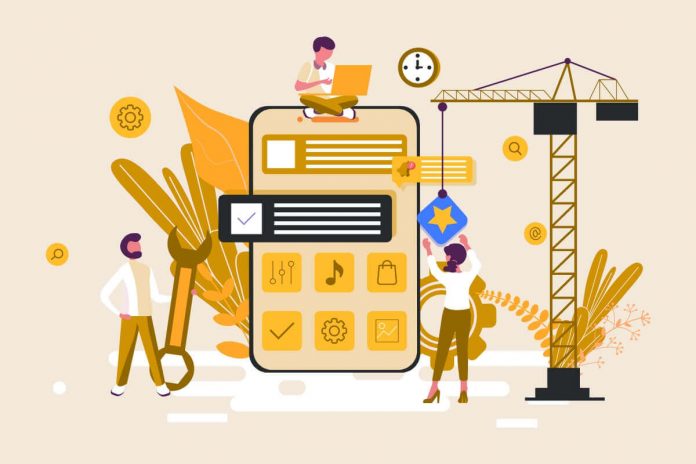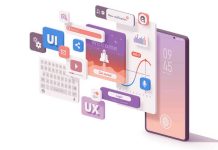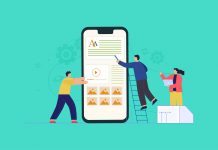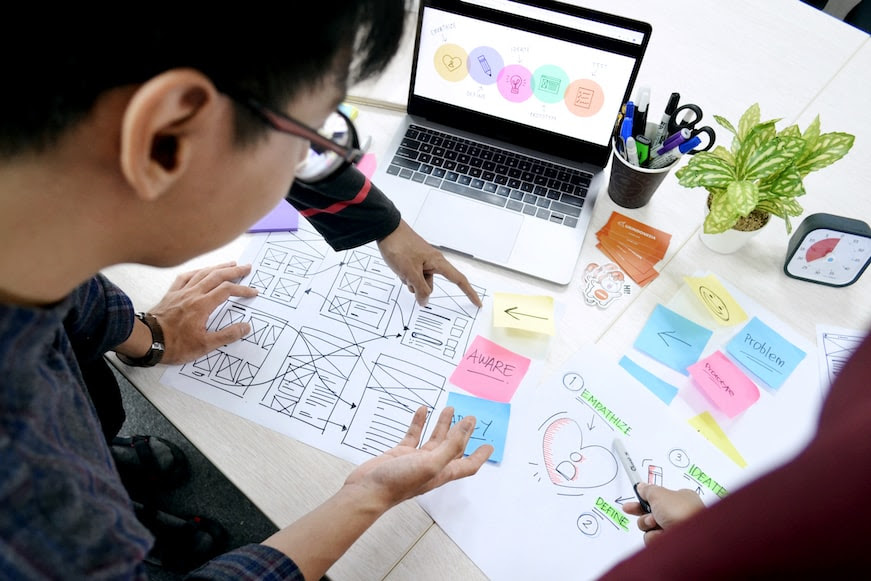When comparing apps with varying levels of complexity and number of features, the average timeline can be estimated as follows:
Simple App Development: 2-4 months
Average App Development: 4-8 months
Complex App Development: 8- 12+ months
In this article, we will closely examine the factors and reasons that contribute to mobile app development from scratch.
Importance of Understanding App Development Timelines
1. Efficient Resource Planning and Allocation
A clear understanding of app development timelines allows organizations to plan and allocate resources effectively.
By estimating the time required for different stages of app development, such as design, coding, and testing, businesses can ensure that the necessary personnel, infrastructure, and tools are available when needed. This optimizes resource utilization and minimizes delays.
2. Budgeting and Cost Control
Estimating app development timelines are crucial for accurate budgeting and cost control. By knowing the approximate duration of each development phase, organizations can allocate the necessary budget and manage expenses accordingly.
This prevents overspending and helps in optimizing the financial resources available for app development.
Explore the ultimate guide on how much does it cost to develop an app. Gain insights, estimate your budget, and make informed decisions. Don’t miss out, read now!
3. Continuous Improvement and Process Optimization
Analyzing app development timelines provides valuable insights into the efficiency and effectiveness of development processes.
By monitoring the time taken for each phase and identifying areas of improvement, organizations can optimize their development workflows, streamline processes, and enhance overall productivity. This leads to shorter development cycles and faster time-to-market for future app projects.
Factors Influencing App Development Timelines
1. Complexity and Scope of the App
One of the primary factors that significantly impact app development timelines is the complexity and scope of the application. The complexity refers to the intricacy and sophistication of the desired features and functionality, while the scope encompasses the breadth and depth of the application’s requirements.
A. Feature Complexity
Apps with complex features, such as real-time data synchronization, advanced algorithms, augmented reality, or machine learning capabilities, generally require more time for development. Implementing intricate features involves extensive planning, coding, testing, and optimization, which can extend the development timeline.
Discover the winning features that make mobile apps stand out. Read our guide to explore the popular features in a mobile app that engage users and drive success. Don’t miss out, start reading now!
B. Integration Requirements
If the app needs to integrate with external systems, services, or hardware components, the complexity of integration can impact development timelines. Ensuring smooth and seamless communication between different modules, APIs, and databases may involve additional development and testing time.
C. Compliance and Security Requirements
Apps that handle sensitive user data or need to comply with specific industry regulations, such as HIPAA for healthcare or PCI DSS for payment processing, require additional time for implementing robust security measures and ensuring compliance. Rigorous testing and adherence to security best practices can extend the development timeline.
2. Platform and Technology Selection
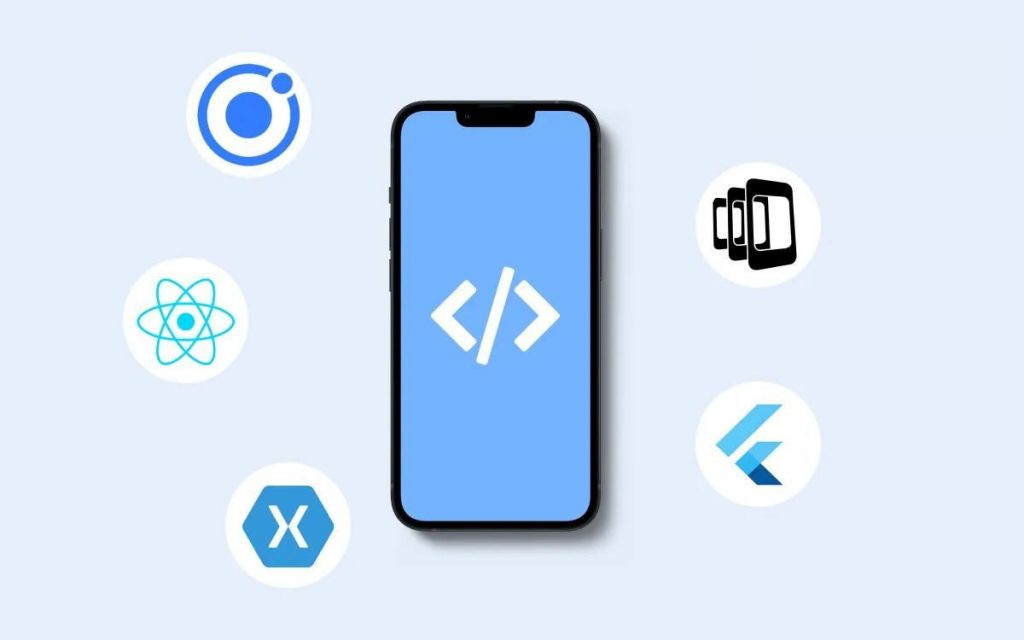
The choice of platform and technology for app development plays a significant role in determining the development timeline. Different platforms and technologies have varying development requirements, learning curves, and ecosystem considerations, which can impact the overall time required for app development.
A. Platform Selection
The two primary platforms for mobile app development are iOS and Android. Each platform has its own set of development tools, programming languages, and guidelines.
Developing an app for both platforms simultaneously, known as cross-platform development, may require additional time due to the need for platform-specific customization and testing. On the other hand, choosing a single platform development approach can reduce the development timeline but limits the app’s reach.
Read our comprehensive guide on advantages of cross-platform mobile app development to discover the advantages and harness the potential of building apps that work seamlessly across multiple platforms.
B. Ecosystem Considerations
Each platform has its own ecosystem of libraries, frameworks, and development tools that can expedite the development process. The availability of pre-built components, third-party integrations, and development resources specific to the chosen platform can significantly impact development timelines. Utilizing existing tools and resources can save time compared to developing everything from scratch.
3. Design and User Interface Considerations
The design and user interface (UI) of a mobile application are critical factors that can influence the development timeline. Creating an intuitive and visually appealing UI requires careful planning, iterative design processes, and effective collaboration between designers and developers.
A. Wireframing and Prototyping
The initial stages of app design involve wireframing and prototyping. Wireframing helps in visualizing the layout, structure, and flow of the app, while prototyping allows for interactive exploration of the UI. The time required for wireframing and prototyping depends on the complexity of the app and the number of screens and interactions involved.
Read our comprehensive guide to discover the power of low-fidelity prototypes in refining your app ideas.
B. UI/UX Design Iterations
Design iterations are often necessary to refine the UI/UX of the app. Feedback from stakeholders, usability testing, and continuous improvement cycles may require multiple design iterations. Each iteration involves making changes to the visual elements, navigation, interactions, and user flows. The number and duration of design iterations can impact the development timeline.
C. Responsive Design and Adaptation
Mobile apps need to be responsive and adaptable to different screen sizes, resolutions, and orientations. Designing and implementing responsive layouts and adapting the UI to various devices and orientations can add complexity and extend the design and development timeline.
Experience the expertise of our mobile app design agency in crafting visually stunning and user-friendly mobile app interfaces.
4. Backend Development and Integration
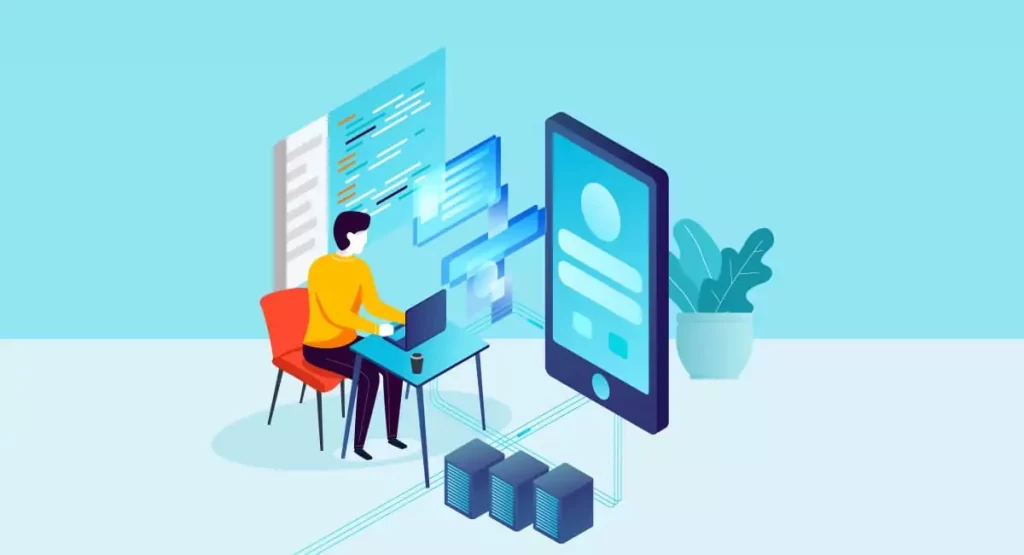
The backend development and integration aspects of a mobile application are crucial for ensuring seamless communication between the frontend and backend components, managing data, and integrating with external services or APIs.
The complexity and scope of backend development and integration can impact the overall development timeline.
A. Backend Infrastructure Setup
Developing the backend infrastructure involves setting up servers, databases, and other necessary components to support the app’s functionality.
This includes selecting the appropriate technologies, configuring servers, establishing databases, and implementing necessary security measures. The time required for backend infrastructure setup depends on the complexity of the app’s requirements and the chosen technology stack.
B. Database Design and Development
Designing and developing the app’s database architecture and schema are critical backend development tasks. This includes defining data models, establishing relationships, optimizing database queries, and ensuring data integrity.
The complexity of the database design and the volume of data to be managed can impact the development timeline.
C. API Development
APIs (Application Programming Interfaces) facilitate communication between the app’s frontend and backend. Developing APIs involves designing and implementing endpoints for data retrieval, storage, and manipulation.
The time required for API development depends on the number of endpoints, the complexity of data interactions, and the need for authentication and authorization mechanisms.
Read our comprehensive guide on backend web development to discover the ins and outs of building robust and scalable web applications.
5. Testing and Quality Assurance
Testing and quality assurance (QA) are critical stages in app development that ensure the functionality, usability, and reliability of the application.
Thorough testing and QA processes help identify and address bugs, performance issues, and compatibility problems before the app is released to users. The complexity of the app, the scope of testing, and the rigor of quality assurance activities can impact the overall development timeline.
A. Test Planning
Test planning involves identifying the test objectives, defining test cases, and creating test plans. The complexity of the app’s functionalities, the number of test scenarios to cover, and the comprehensiveness of test planning influence the time required for this stage.
B. Unit Testing
Unit testing focuses on testing individual components or units of the app to ensure their correctness and functionality. It involves writing and executing test cases for each unit. The number of units, their complexity, and the depth of unit testing coverage impact the time required for this stage.
C. Quality Assurance Activities
Apart from testing, QA activities include code reviews, documentation reviews, adherence to coding standards, and process compliance. The thoroughness and extent of QA activities influence the time required for ensuring overall app quality.
Discover the critical role of Quality Assurance (QA) in app development. Read our comprehensive guide to understand the importance of QA processes, techniques, and best practices.
6. Project Management and Communication
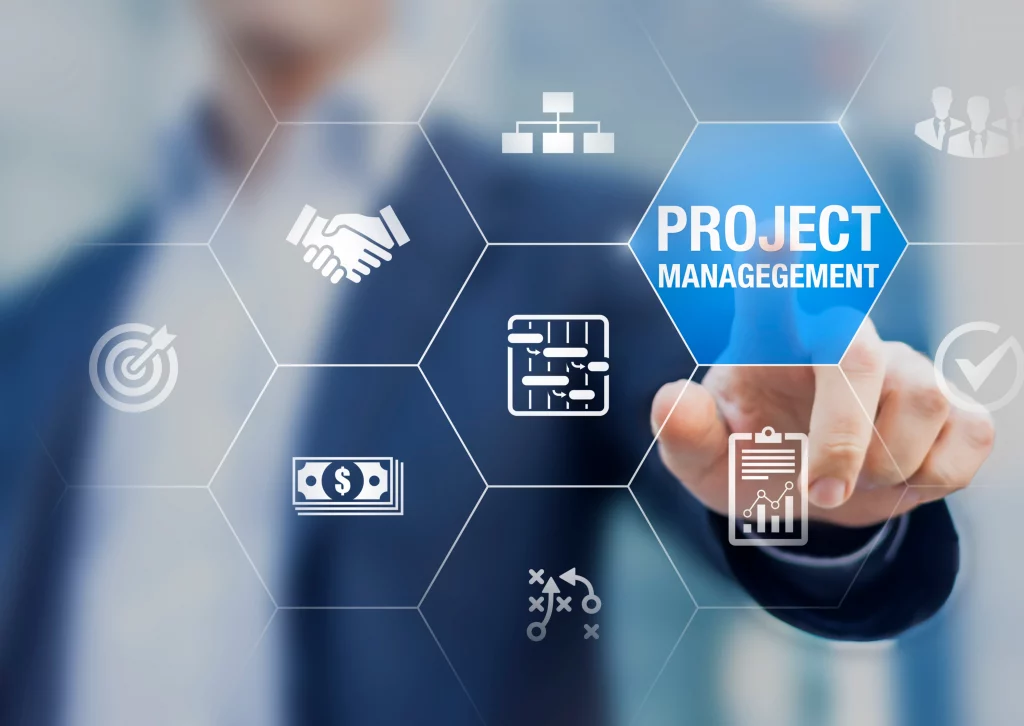
Efficient project management and effective communication are key factors that can significantly impact the development timeline of a mobile application. Proper planning, coordination, and collaboration among team members and stakeholders are essential for ensuring timely delivery and successful project execution.
A. Project Planning
Thorough project planning involves defining project goals, establishing timelines, allocating resources, and creating a detailed project roadmap. The time invested in comprehensive project planning helps set realistic expectations, identify potential risks, and establish a clear project timeline.
B. Agile Methodologies
Adopting agile methodologies, such as Scrum or Kanban, can help streamline app development and improve time management. Agile frameworks emphasize iterative development, regular team communication, and flexibility in adapting to changing requirements, leading to more efficient development cycles.
C. Stakeholder Engagement
Engaging stakeholders throughout the development process is crucial for gathering feedback, making informed decisions, and ensuring alignment with project goals. Regular stakeholder meetings, progress demonstrations, and obtaining timely approvals help maintain stakeholder engagement and prevent delays in decision-making.
D. Resource Allocation
Proper allocation of resources, including development resources, infrastructure, and testing environments, is essential for efficient app development. Ensuring that team members have the necessary tools, hardware, software licenses, and development environments reduces potential bottlenecks and minimizes idle time.
Master the art of project management with our comprehensive guide on how to handle project management. Learn effective strategies, tools, and techniques to successfully handle projects of any size.
7. Client Feedback and Iterations
Client feedback and iterations play a crucial role in the development process of a mobile application. Incorporating client feedback, addressing their concerns, and iterating on the app’s features and functionalities are vital for meeting client expectations and ensuring a successful end product.
However, the extent and frequency of client feedback and iterations can impact the overall development timeline.
A. Feedback Collection and Analysis
Collecting comprehensive and constructive feedback from clients is essential for understanding their requirements, preferences, and desired outcomes.
It involves conducting client meetings, surveys, and usability tests to gather valuable insights. Analyzing and categorizing the feedback helps prioritize the required changes and improvements.
B. Requirements Refinement
Client feedback often leads to refining and fine-tuning the initial app requirements. This may involve adding new features, modifying existing functionalities, or adjusting design elements.
The time required for requirements refinement depends on the complexity of the changes and the level of alignment between the initial requirements and client expectations.
C. Development Adjustments
Addressing client feedback may require making adjustments to the app’s codebase, design assets, or database structure. This could involve modifying existing code, refactoring, or introducing new components. The complexity of the adjustments and the need for regression testing influence the development timeline.
D. Client Engagement and Availability
The level of client engagement and availability for providing feedback and participating in review sessions can impact the development timeline. Timely client responses and active participation contribute to faster decision-making and iteration cycles.
E. Documentation and Change Control
Documenting client feedback, change requests, and decisions is crucial for maintaining transparency, ensuring clear communication, and managing the impact of iterations on the development timeline. Adhering to change control processes helps track and prioritize client feedback and avoid confusion or miscommunication.
8. Third-Party Dependencies and APIs
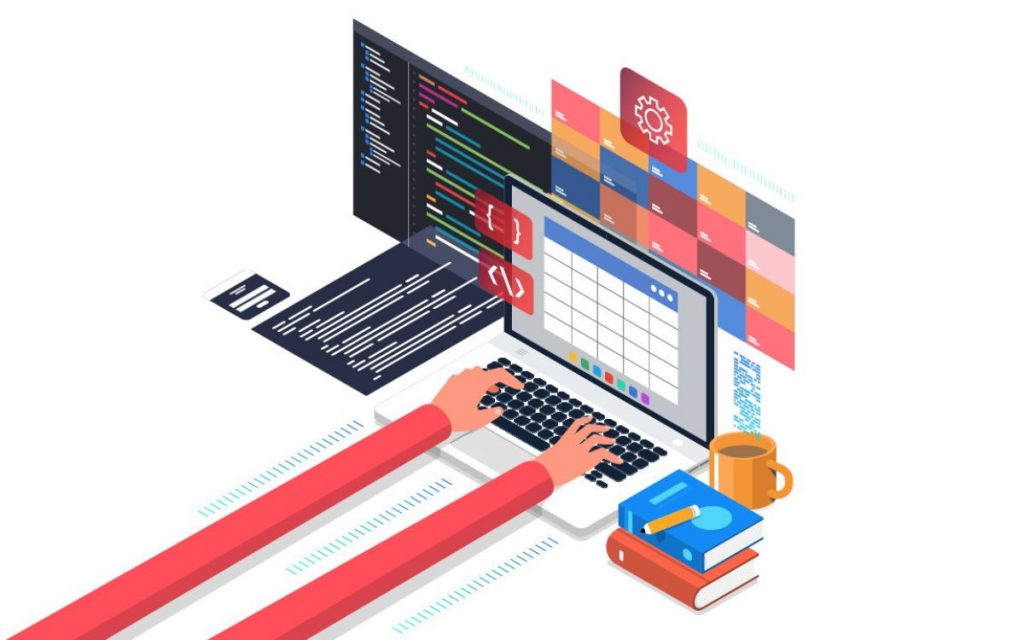
Third-party dependencies and APIs (Application Programming Interfaces) play a significant role in the development of mobile applications by providing ready-made functionality, services, and integrations. However, the utilization of third-party dependencies and APIs can impact the development timeline based on various factors.
A. Evaluation and Selection
The process of evaluating and selecting the most suitable third-party dependencies and APIs for the app can require significant time and research. It involves assessing the functionality, compatibility, documentation, support, and licensing terms of available options. Thorough evaluation and selection contribute to long-term stability and efficient development but may extend the timeline initially.
B. Integration Complexity
Integrating third-party dependencies and APIs into the app requires understanding their documentation, SDKs (Software Development Kits), and implementation guidelines.
The complexity of the integration depends on the sophistication of the APIs, the level of customization required, and the availability of comprehensive documentation and developer resources. More complex integrations can lead to additional development time.
C. Customization and Configuration
In some cases, third-party dependencies or APIs may require customization or configuration to align with the specific needs of the app. This can involve modifying code, configuring settings, or implementing additional logic. The extent of customization and the complexity of the required modifications influence the development timeline.
D. Dependency Management
Managing dependencies on external libraries, frameworks, or services is crucial for maintaining app stability and security. This involves keeping track of dependency versions, resolving compatibility issues, and updating dependencies when necessary. Efficient dependency management practices help mitigate potential risks but may add to the development timeline.
Estimating App Development Time
| App Complexity | Development Time |
|---|---|
Simple App | 2-4 months |
Average App | 4-8 months |
Complex App | 8-12+ months |
Understanding the Agile and Waterfall Development Methodologies
When estimating the development time for a mobile application, it is essential to consider the chosen development methodology. Two commonly used methodologies are Agile and Waterfall.
1. Agile
Agile development methodologies, such as Scrum or Kanban, emphasize iterative and flexible development. The development process is divided into smaller sprints, allowing for continuous feedback, adaptation, and changes.
Estimating development time in Agile involves breaking down tasks into manageable user stories or features and estimating the effort required for each iteration. The cumulative estimates for all iterations provide an overall development time estimate.
Discover the defining characteristics of Agile software development. Read our comprehensive guide to gain insights into Agile methodologies, iterative development, and collaborative team dynamics.
2. Waterfall
Waterfall methodology follows a sequential approach, with each phase of development (such as requirements gathering, design, development, testing, and deployment) occurring one after another.
Estimating development time in the Waterfall approach involves estimating the duration for each phase and adding them up to determine the total development time. However, it is important to note that Waterfall is less flexible in accommodating changes compared to Agile.
Techniques for Accurate Time Estimation
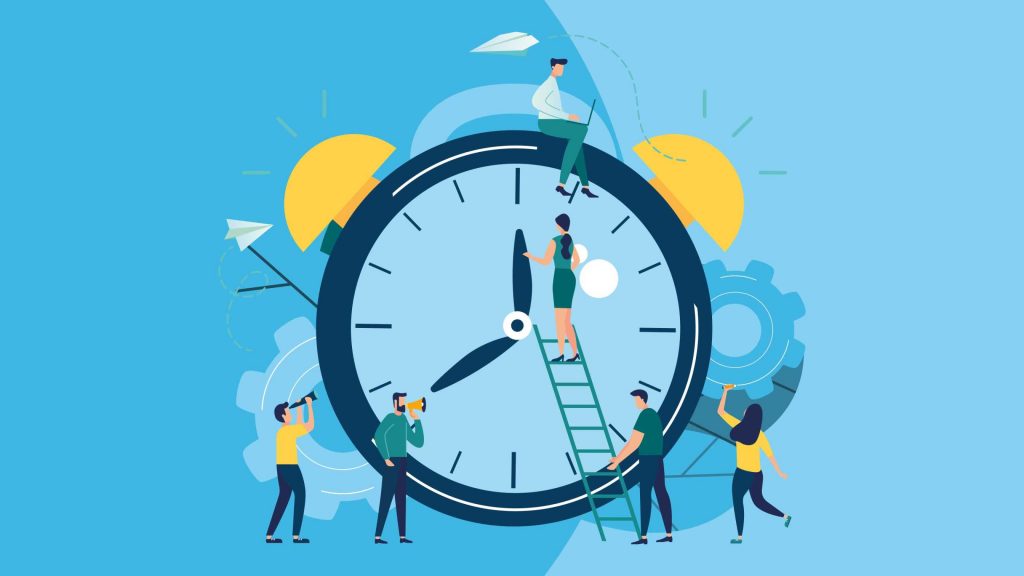
Accurately estimating development time requires using reliable techniques and considering various factors. Some common techniques for time estimation include:
- Expert Judgment: Consulting experienced developers, project managers, or subject matter experts to gather insights and estimate development time based on their expertise.
- Analogous Estimation: Leveraging past project data and experiences to estimate the time required for similar app development projects.
- Three-Point Estimation: Assigning optimistic, pessimistic, and most likely time values to each task or user story and using a weighted average to calculate a more realistic estimate.
- Bottom-Up Estimation: Estimating the time for each individual task and aggregating them to determine the overall development time.
- Story Points: Using a relative sizing technique, such as story points, to estimate the effort required for each user story or feature based on its complexity, uncertainty, and dependencies.
Using Project Management Tools for Tracking and Monitoring
Project management tools play a crucial role in tracking and monitoring app development progress. Here are some key aspects of using project management tools for tracking and monitoring:
- Task Management: Project management tools allow teams to create, assign, and manage tasks efficiently. Tasks can be categorized, prioritized, and assigned to team members, enabling clear visibility into who is responsible for each task. Tools often provide options for adding task descriptions, due dates, and attachments, facilitating effective task management.
- Progress Tracking: Project management tools enable real-time progress tracking, providing insights into the completion status of tasks. Team members can update task progress, mark tasks as completed, and indicate any blockers or dependencies. Tracking progress helps identify bottlenecks, monitor productivity, and assess project health.
- Collaboration and Communication: Project management tools offer collaboration features that foster effective communication among team members. Features such as comments, notifications, and chat functionality facilitate seamless communication, enabling team members to discuss tasks, share updates, and address any issues or concerns.
Explore a curated list of project management software to streamline your projects and enhance productivity.
Conclusion
A comprehensive understanding of these factors and their impact on app development timelines is crucial for project planning, resource allocation, and successful app delivery. By considering these factors and employing effective project management techniques, development teams can optimize the development process, meet deadlines, and deliver high-quality mobile applications.
Looking to hire mobile app developer in Singapore to work collaboratively on your app project? Our professionals have decade-long experience in building iOS and Android apps.

